 W
WUSS Amberjack (SS-219) was a Gato-class submarine, the first United States Navy ship named for the amberjack.
 W
WBarbarigo was a World War II Italian Marcello-class submarine. It was built by the Cantieri Riuniti dell'Adriatico, and was commissioned on 19 September 1938.
 W
WUSS Capelin (SS-289), a Balao-class submarine, was the only ship of the United States Navy to be named for the capelin, a small fish of the smelt family. Her keel was laid down by Portsmouth Navy Yard. She was launched on 20 January 1943 sponsored by Mrs. I.C. Bogart, and commissioned on 4 June 1943, Lieutenant Commander E.E. Marshall in command.
 W
WUSS Grampus (SS-207), a Tambor-class submarine, was the sixth ship of the United States Navy to be named for a member of the dolphin family (Delphinidae): Grampus griseus, also known as Risso's dolphin.
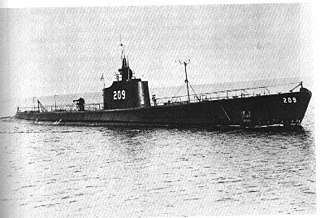 W
WUSS Grayling (SS-209), a Tambor-class submarine, was the fourth ship of the United States Navy to be named for the grayling.
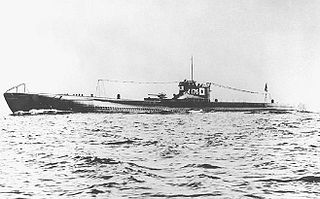 W
WJapanese Submarine I-178 was a Kaidai type of cruiser submarine that saw service during World War II in the Imperial Japanese Navy. Commissioned on December 26, 1942, I-178 was a KD7 sub-class boat that sailed on just two patrols off the east coast of Australia during 1943, going missing sometime after 17 June 1943.
 W
WEML Kalev was one of two submarines of the Republic of Estonia launched in 1936 at Vickers and Armstrongs Ltd. in England. Her sister, Lembit, survived the Second World War.
 W
WUSS Kete (SS-369), a Balao-class submarine, was the only ship of the United States Navy to be named for the kete, the foureye butterflyfish Chaetodon capistratus. Her keel was laid down by Manitowoc Shipbuilding Company of Manitowoc, Wisconsin. She was launched on 9 April 1944 sponsored by Mrs. E. S. Hutchinson, and commissioned on 31 July with Commander R. L. Rutter in command.
 W
WO 13 was an O 12-class submarine of the Royal Netherlands Navy that saw service during World War II. She was built by the Koninklijke Maatschappij De Schelde of Vlissingen. She was one of many Dutch ships doing convoy duty during the Spanish Civil War. At the time of the German invasion of the Netherlands, O 13 was on patrol off the Dutch coast and was attacked by German planes on multiple occasions. After fleeing to England, the submarine was lost during a patrol on the North Sea.
 W
WORP Orzeł was the lead ship of her class of submarines serving in the Polish Navy during World War II. Her name means "Eagle" in Polish. The boat is best known for the Orzeł incident, her escape from internment in neutral Estonia during the early stages of the Second World War.
 W
WHMS P222 was a third-batch S-class submarine built for the Royal Navy during World War II. Commissioned in 1942, the boat had an uneventful first war patrol in the Alboran Sea. She intercepted the Vichy French merchant ship SS Mitidja in July, then provided protection for an Allied convoy to Malta in Operation Pedestal the next month. The navy intended that she was to be sighted on the surface by enemy aircraft to discourage potential attacks by surface warships. Though P222 did not encounter enemy forces, the convoy arrived at its destination on 15 August after sustaining severe losses. She then reconnoitred along the coast of Algeria in advance of Operation Torch, and was attacked by a French patrol ship, but sustained no damage.
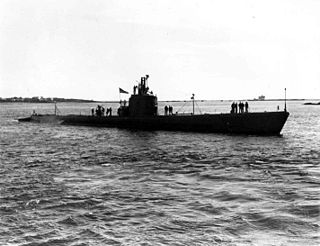 W
WUSS Runner (SS-275) was a Gato-class submarine, the first ship of the United States Navy to be named for the runner, an amberfish inhabiting subtropical waters, so called for its rapid leaps from the water.
 W
WHMS Seahorse was a first-batch S-class submarine built for the Royal Navy during the 1930s. Ordered in March 1931, she was laid down at Chatham Dockyard in September 1931 and launched on 15 November 1932.
 W
WHMS Sickle was a third-batch S-class submarine built for the Royal Navy during World War II. Completed in 1942, she made her initial war patrol off the Norwegian coast. Sickle then sailed to Gibraltar, from where she conducted one patrol, then to Algiers, French North Africa. From 10 May to 10 October, the boat patrolled the Gulf of Genoa five times and sank a German submarine as well as three minesweepers and an escort ship. She then moved to Beirut, French Lebanon, and conducted two patrols in the Aegean Sea, sinking three caïques and a merchant ship, in addition to landing resistance operatives in Greece.
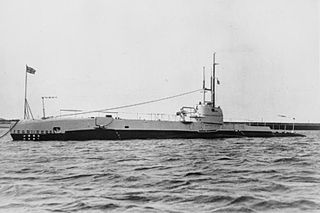 W
WHMS Snapper was a second-batch S-class submarine built during the 1930s for the Royal Navy. Completed in 1935, the boat participated in the Second World War. Snapper is one of the 12 boats named in the song "Twelve Little S-Boats".
 W
WUSS Snook (SS-279), a Gato-class submarine, was the first ship of the United States Navy to be named for the common snook, an Atlantic marine fish that is bluish-gray above and silvery below a black lateral line.
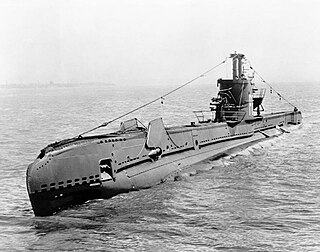 W
WHMS Stonehenge was an S-class submarine of the third batch built for the Royal Navy during World War II. Completed in 1943, she made her initial patrol off Norway and was then transferred to the Far East, where she conducted two war patrols, during which she sank two Japanese ships. On her second patrol, Stonehenge disappeared with all hands and was declared overdue on 20 March 1944. The most probable cause of her sinking is that she hit a mine, but her wreck has never been found.
 W
WUSS Swordfish (SS-193), a Sargo-class submarine, was the first submarine of the United States Navy named for the swordfish, a large fish with a long, swordlike beak and a high dorsal fin. She was the first American submarine to sink a Japanese ship during World War II.
 W
WUSS Trout (SS-202) was a Tambor-class submarine of the United States Navy, serving in the Pacific from 1941 to 1944. She received 11 battle stars for World War II service and three Presidential Unit Citations, for her second, third, and fifth war patrols. Trout also delivered ammunition to the besieged American forces on Corregidor and brought out 20 tons of gold bars and silver pesos from the Philippine currency reserve to Pearl Harbor. During 1941, she was used as a target by a series of tests determining the vulnerability of submarines to depth charge attacks.
 W
WGerman submarine U-972 was a Type VIIC U-boat of Nazi Germany's Kriegsmarine during World War II.
 W
WHMS Unique was a British U class submarine, of the second group of that class, built by Vickers Armstrong, Barrow-in-Furness. She was laid down on 30 October 1939 and was commissioned on 27 September 1940.